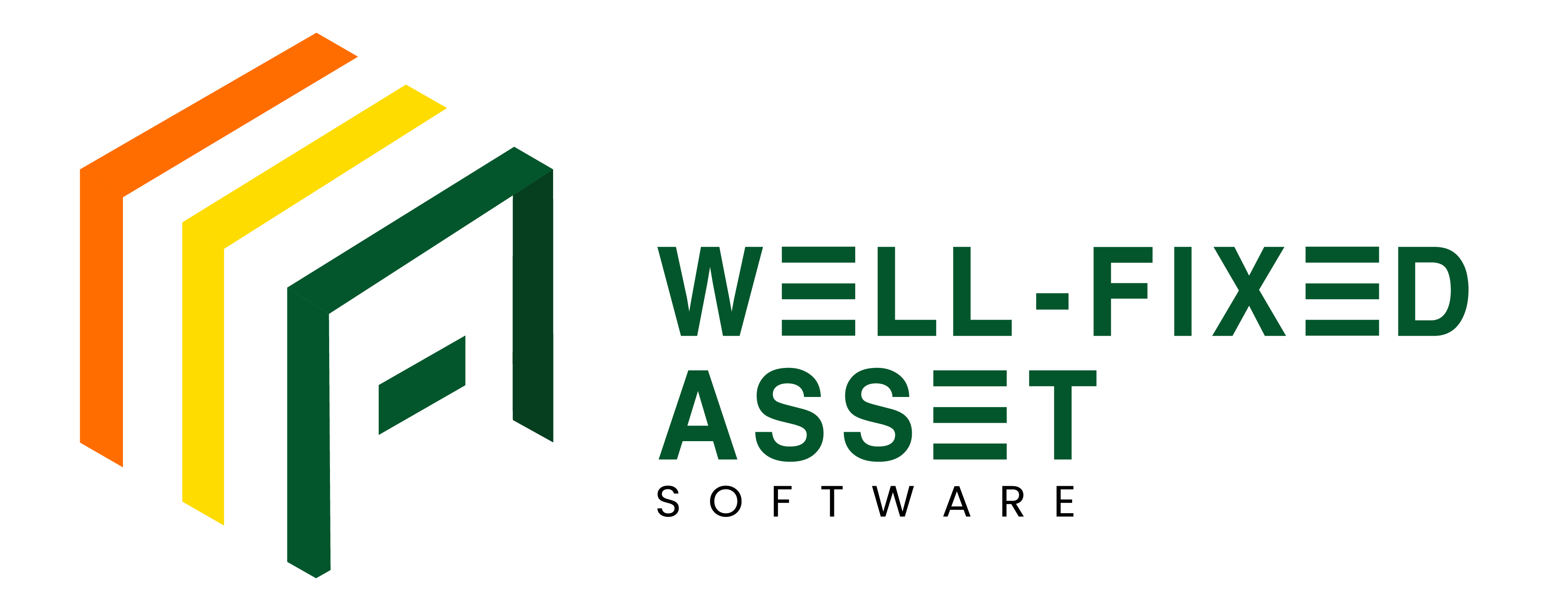Financial Ratio
It is a type of financial instrument applied for evaluation of the corporate operations so that the executives can perceive problems and solve them. The financial ratio analysis should be performed in the following way.
– Comparison with past self-performance
– Comparison with the same industry
– Comparison with the competitors (the top one)
Financial ratio can be classified into 4 groups.
- 1. Liquidity Ratios are the ratios applied for measuring short-term corporate solvency by liquidating current assets such as marketable securities, receivables and products for short-term debt payment (if liquidity ratio is high, it indicates favorable solvency of short-term debt, low corporate risk, low return on investment. However, if liquidity ratio is low, it indicates that the organization will have operating problems, it may be lacking in operating illiquidity and that the organization is at high risk).
- 2. Asset Management Ratios are the ratios used to measure the corporate operations. They consider the internal efficiency in the use of assets such as receivables, inventory, fixed assets and total assets for sales volume generation.
Activity Ratios consist of the following below:
2.1 Inventory Turnover
is the analysis on the amount of product turnover in 1 accounting period. If the value is high (above standard), it indicates high turnover of products and this indicates higher sales volume. Higher sales volume causes a decrease in inventory. If inventory turnover is high, the corporation should plan for growth support by producing products sufficiently for consumers. If planning is not performed, products will be insufficient for sale, resulting in loss of corporate growth opportunity.
If inventory turnover is low, it indicates a decrease in the sales volume of the corporation and increase in inventory, resulting in product storage costs, damaged product costs, obsolete product costs and lost product costs. The increasing costs makes the corporate profit decrease. Therefore, the cause of the sales volume reduction shall be sought for.
2.2 Days Sales Outstanding (Collection Period)
It indicates the corporate efficiency in the collection of debt or payment receipt of debt from the debtor and this will affect the corporate cash.
If the value of Day Sales Outstanding is higher, it indicates that the collection period of debt is longer, resulting in lower cash for the corporation, and the inability of liquidation can lead to bad debt occurrence easily.
2.3 Fixed Asset Turnover (Efficiency of Fixed Asset Use)
According to the use of fixed assets for sales volume generation, if Fixed Assets Turnover is low, it indicates that the corporation is ineffective in the use of fixed assets with a possibility of excessive demand on fixed assets, abundant property, plant or equipment, or obsolete machinery. This results in excessive fixed assets that cause lower sales volume and the inability to generate sales volume.
If Fixed Assets Turnover is high, it indicates that the corporation is effective in the use of fixed assets with proper fixed asset management, proper number of fixed assets, and the ability to generate more sales.
2.4 Total Assets Turnover. The efficiency in use of total assets is for sales volume generation.
If the value of Total Assets Turnover is high, it indicates effective management of total assets, of both current assets and fixed assets, resulting in an increase in sales volume. If the value of Total Assets Turnover is low, it indicates ineffective management of total assets in both current assets and fixed assets, with a need for improvement on investment in current assets and fixed assets.
Fixed Assets Turnover is applied for co-analysis with Total Assets Turnover. If Fixed Assets Turnover is favorable by the way that it is slightly higher but Total Assets Turnover is low, it indicates favorable efficiency in the use of fixed assets. However, current assets shall be improved. - 3. Debt Management Ratios are the ratios used in the measurement of leverage. If the corporation has numerous debts, it will be the corporation with the financial relationship. Therefore, the risk is high.
Debt Management Ratios are classified into 2 ratios as follows:
3.1 Debt to Asset Ratio
If Debt to Asset Ratio is high, it indicates that the corporation has high financial obligation, and the corporation will find it difficult to raise funds from debt incurrence or the creditor may not consider lending loans to the corporation. Therefore, the corporation shall raise funds by other methods instead of lending such as fundraising from shareholders or letting.
If Debt Management Ratios are low, it indicates that the corporation has low financial obligation, and therefore risk is low. However, corporate capital structure shall be considered whether it is proper. If debts are few, Weighted Average Cost of Capital (WACC) will be higher. Therefore, the appropriateness of WACC shall be considered.
Debt to Asset Ratio should be valuable in low levels since the corporation can raise funds by borrowing.
3.2 Time Interest Earned (TIE)
It is the ratio used for to consider whether the corporation is profitable based on how many times interest is paid. TIE value should be high. It indicates corporate efficiency in profitability for interest payment.
Debt to Asset Ratio shall be applied together with TIE. If Debt Management Ratio is high and TIE is also high, it indicates that the corporation has the opportunity of fundraising by method of additional borrowing.
Nevertheless, if Debt Management Ratio is high but TIE is low, it indicates that the corporation will have difficultly raising funds by debt incurrence and the creditor will not consider loan permissions to the corporation.
If Debt Management Ratio is low and TIE is low, funds can be raised by debt incurrence depending on the creditor. Also need to consider other factors such as purpose for use of money or method for use of money.
If long-term debt is required for use with fixed assets, short-term debt is required for use with current assets. - 4. Profitability Ratios. It indicates the efficiency of the executive in cost control for different aspects of profit generation.
4.1 Gross Profit Ratio. It indicates the efficiency of the executive in production cost control.
If Gross Profit Ratio is increased, it indicates that the executive is effective in controlling production cost to be lower *** Production cost is the cost occurred from waste during production, production time, machinery repair and maintenance. If production cost for all 3 factors are controlled, gross profit will be higher.
4.2 Net Profit. It is the efficiency of the executive in controlling the costs of the selling expense and administrative expense to be lower.
Cost of selling expense is the cost mostly in inventory.
Cost of administrative expenses are in the management of issues surrounding ineffective communication, use of incentives, and the excessive availability of middle level executives. Therefore, the corporation should be horizontal. If the organization is horizontal and then empowerment is applied, the chain of command will be shorter, but the span of control will be wider, resulting in managerial cost saving.
4.3 ROA or ROI (Return on Assets; Return on Equity) is the use of total assets for net profit generation. It indicates the efficiency of the executive in their use of assets for net profit generation.
If ROA or ROI Ratio is high, it indicates that the executive can favorably use total assets for net profit generation.
To make ROI and ROA higher, high profit shall be made and to be profitable, ………….. shall be high and the use of assets shall be lower.
4.4 ROE (Return on Equity). It is the efficiency of the executive in their use of shareholders’ equity to generate maximum profit, or the efficiency of the executive in giving maximum return to shareholders.
To make ROE higher, high profit is made but shareholders’ equity will be low due to borrowing for investment. However, borrowing cannot be done since it will affect Debt Ratio and TIE.
Correction Method for higher ROI and ROE by doing the following:
1. Increase in sales volume
2. Increase in net profit
3. Decrease in asset
4. Application of more borrowing






Leave A Comment